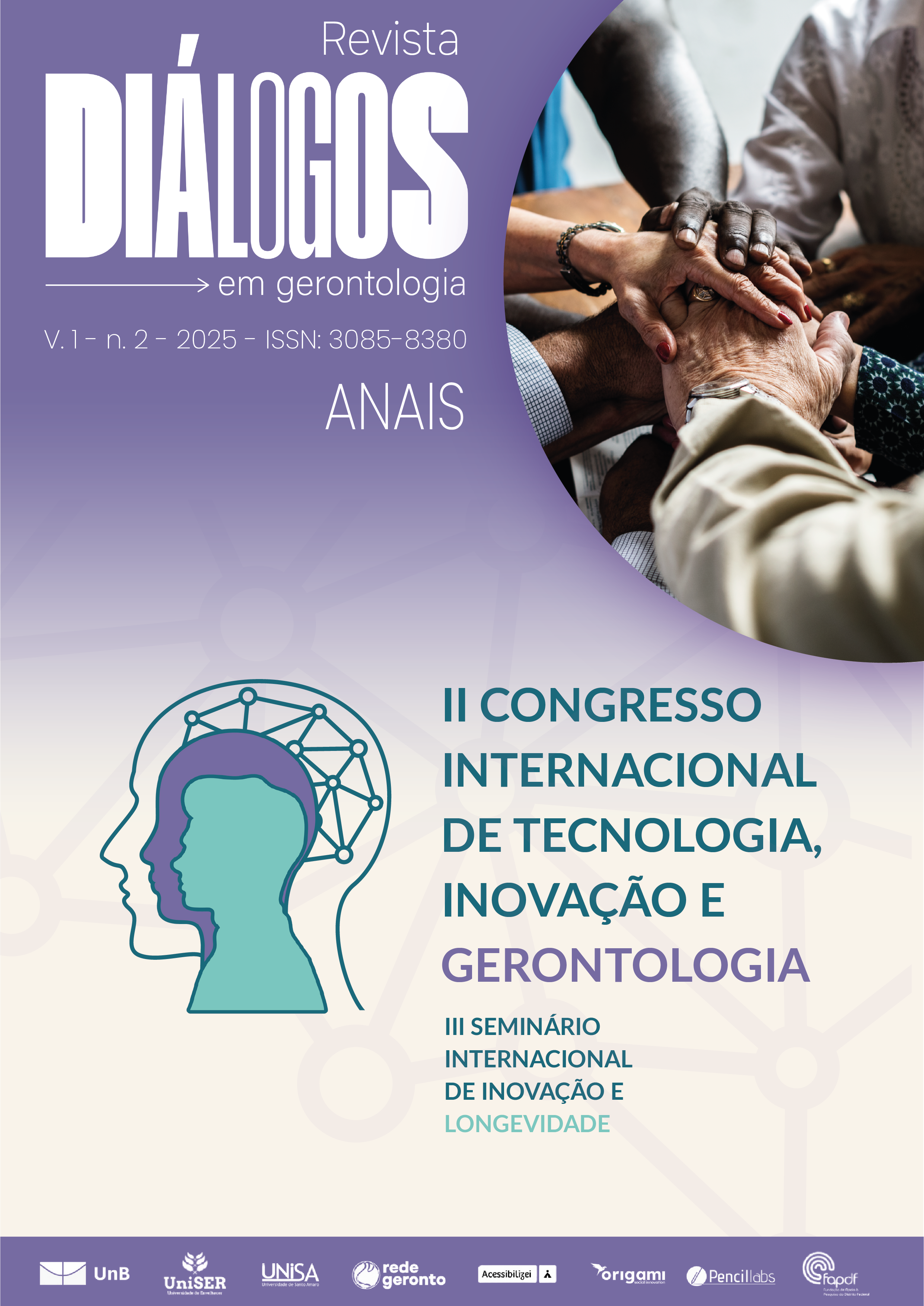FARMACOSENESCÊNCIA E INTELIGÊNCIA ARTIFICIAL: DESAFIOS E INOVAÇÕES NA TERAPÊUTICA DO ENVELHECIMENTO HUMANO
Abstract
Objective: The objective of this study is to examine the main challenges of drug therapy in the context of human aging, considering the pharmacokinetic and pharmacodynamic changes resulting from senescence, as well as the effects of polypharmacy, drug interactions, and the risks of iatrogenesis in older adults. The aim is to explore how pharmacosenescence, an area that investigates the influence of aging on drug response, can serve as a basis for developing safer prescribing strategies and encouraging rational drug use. Methods: This work consists of a qualitative bibliographical study, based on an integrative literature review. Data collection was conducted using databases such as PubMed, SciELO, LILACS, and BVS. The descriptors used in the search included the terms: elderly, medication use, polypharmacy, pharmacokinetics, pharmacodynamics, and drug safety. Articles published between 2015 and 2024 that address clinical and pharmacological aspects of geriatric therapy were included in the selection. Results: The analysis highlighted that most older adults continuously use five or more medications, which significantly increases the risk of drug interactions, adverse reactions, and avoidable hospitalizations. Factors such as changes in kidney and liver function, changes in body composition, and variations in drug receptor sensitivity directly impact both the efficacy and safety of treatments. To mitigate these risks, strategies such as periodic review of pharmacotherapy, adoption of criteria such as Beers and STOPP/START, health education initiatives, and the work of clinical pharmacists have shown positive results. In addition to traditional care models, the growing use of artificial intelligence-based tools has emerged as a promising alternative for optimizing pharmacotherapy in older adults. Automated clinical decision support technologies are helping to identify drug interactions and adjust prescriptions based on physiological changes associated with aging. Conclusion: Pharmacosenescence offers a critical perspective tailored to the demands of an aging population. To address therapeutic challenges in older adults, it is essential to adopt an evidence-based, interdisciplinary clinical practice tailored to the specific needs of older adults. Medication care at this stage of life should focus on safety, functionality, and improving quality of life, going beyond mere prescriptions. The incorporation of artificial intelligence-supported technologies into the pharmaceutical field emerges as a strategic solution with great potential to increase safety and promote autonomy among older adults in managing their treatments. Implications: The results highlight the importance of implementing public policies that incorporate pharmaceutical care as an essential part of ongoing care strategies for older adults. These initiatives should promote the rational use of medications, encourage the application of digital tools based on artificial intelligence, and invest in the training of professionals specialized in clinical and pharmaceutical gerontology.
Dowloads
Pubblicato
Fascicolo
Sezione
Licenza
Copyright (c) 2025 Revista Diálogos em Gerontologia

Questo volume è pubblicato con la licenza Creative Commons Attribuzione - Non commerciale 4.0 Internazionale.
A Revista oferece acesso livre e imediato ao seu conteúdo, em consonância com o princípio de que tornar o conhecimento científico amplamente disponível contribui para a democratização do saber. Os(as) autores(as), ao submeterem seus trabalhos, declaram-se detentores(as) dos direitos autorais e autorizam seu uso livre, desde que sem fins comerciais, com obrigatoriedade de atribuição de crédito apropriado à autoria original. Os conteúdos podem ser lidos, baixados, copiados, distribuídos e impressos, conforme os termos da licença Creative Commons Atribuição-NãoComercial 4.0 Internacional (CC BY-NC 4.0).




